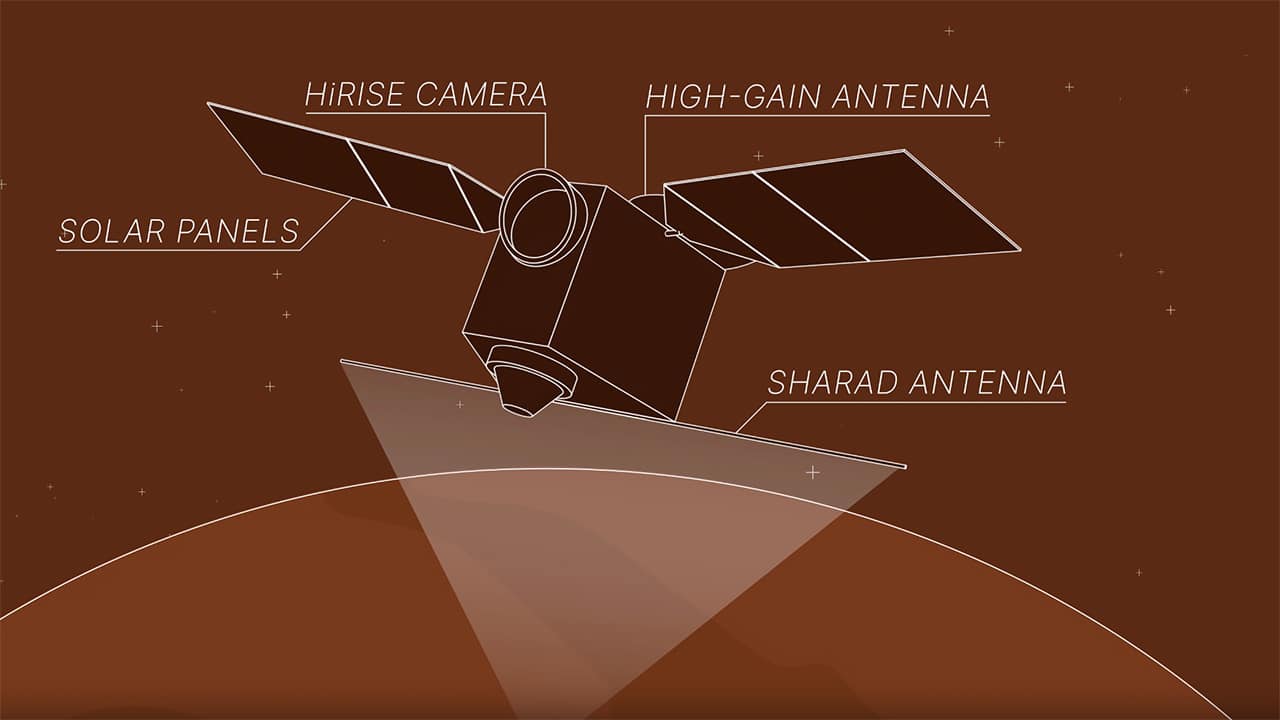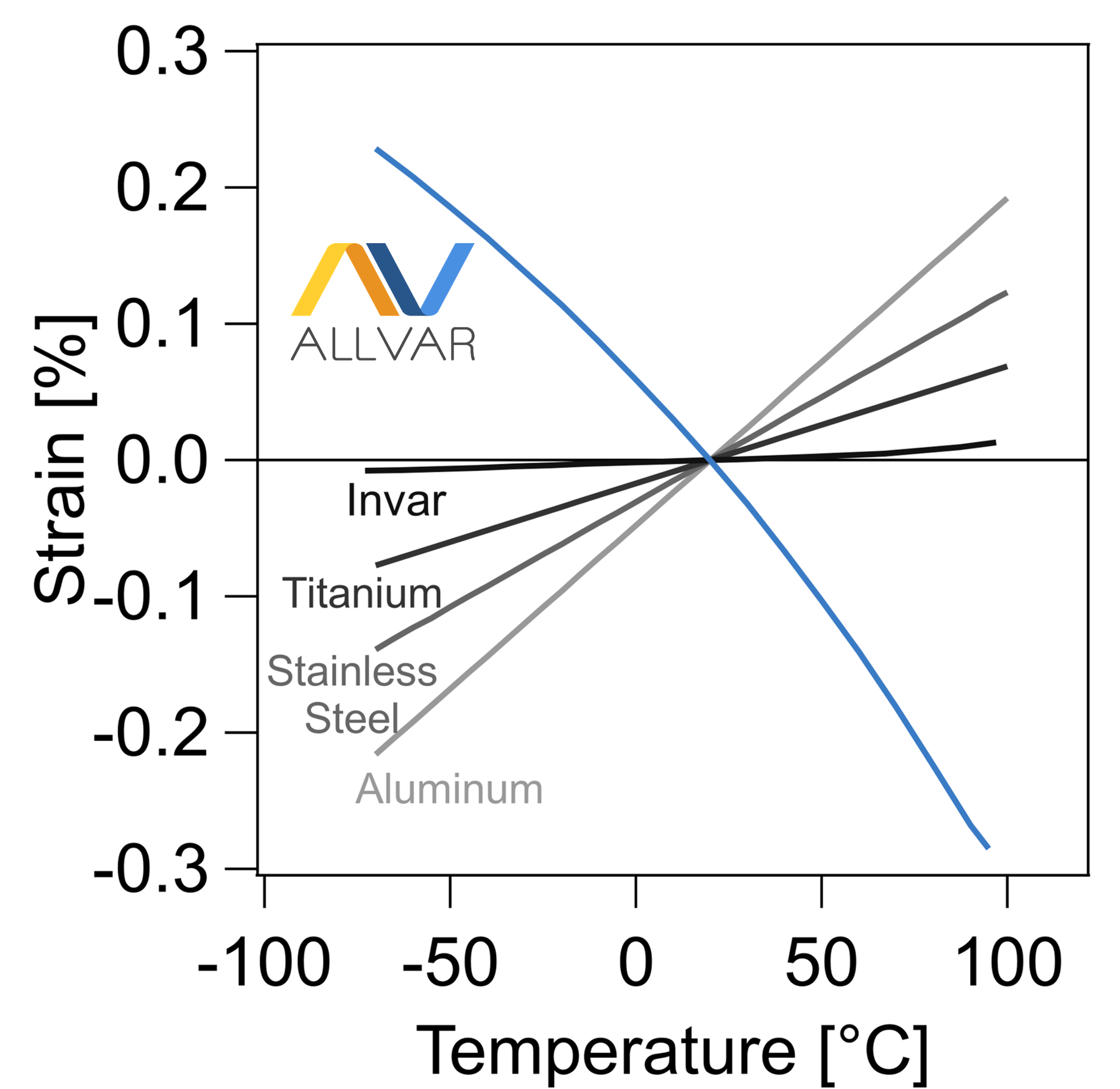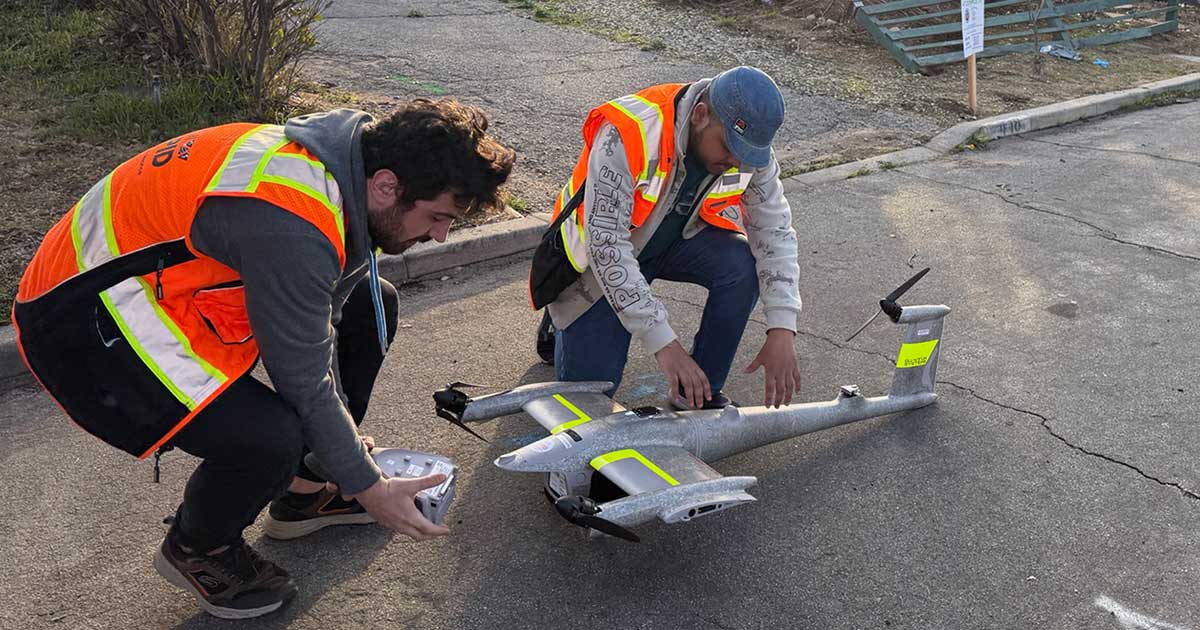Launched on Aug. 12, 2005, NASA’s Mars Reconnaissance Orbiter has been operating for nearly 20 years of operations. By rolling up to 30° mid-flight, it’s been able to aim its instruments at specific surface targets, capturing detailed images of landing zones, craters, and more.
After nearly 20 years in operation, NASA’s Mars Reconnaissance Orbiter (MRO) is still going strong. It’s now performing new rolling maneuvers to enhance its scientific capabilities, allowing it to gather even more data as it continues circling Mars.
New computer models suggested that the Mars Reconnaissance Orbiter (MRO) could get better radar data if it rolled farther than usual. So, NASA gave it a try, letting MRO flip almost upside down with a 120° roll. This bold move helps the orbiter look deeper underground, searching for things like liquid or frozen water.
But pulling off this trick isn’t easy. MRO has five scientific instruments, and they don’t all point the same way. So when the orbiter turns to help one tool look at a specific spot, the others may not get the best view. It’s like turning your head to focus on one thing while the rest of your senses look somewhere else.
Every time NASA’s Mars orbiter rolls to aim its instruments, it’s not a random move. It’s carefully planned weeks. Teams coordinate who gets to collect data and when, like scheduling time on a shared telescope.
To make it all happen, an onboard algorithm thinks. It checks where MRO is over Mars and commands it to roll so the right instrument points at the right spot. At the same time, it tells the spacecraft’s solar panels to follow the Sun and its antenna to stay linked with Earth, so it doesn’t lose power or contact.
For super-sized rolls, like the new 120° flips, it takes extra planning to keep everything safe. But it’s worth it. These big moves let MRO’s SHARAD radar look even deeper beneath the Martian surface, searching for clues like underground water.
Ideally, MRO’s radar tool, called SHARAD, would always point straight down to scan below Mars’ surface. But because of limited space and the need to avoid messing with other instruments, SHARAD was tucked onto the space-facing edge of the spacecraft.
In that spot, it still works, but not as well. When MRO rolls, it shifts its body out of the way, giving SHARAD a much better line of sight. This simple tilt makes a big difference, letting the radar see deeper underground and gather clearer data.
Ice trails on Mars: MRO captures ice-flow patterns
SHARAD can look over a mile below the Martian surface. It helps scientists tell the difference between rock, sand, and ice, especially water ice, which could be useful for future astronauts to dig up and turn into rocket fuel or drinking water.
But SHARAD couldn’t reach everywhere. Some parts of Mars remained just out of view.
So, in 2023, the team tried something bold: they rotated the spacecraft a full 120 degrees, flipping SHARAD’s antenna directly toward the planet. This new move gave the radar a clearer line of sight, and it worked. The signal became up to 10 times stronger, letting scientists see much deeper underground and gather better data about Mars’ hidden layers.
When NASA’s Mars orbiter does a giant 120° roll, it can’t point its antenna at Earth or its solar panels at the Sun. That’s because those parts can’t twist far enough without risking damage. So, during these rolls, the panels are parked to avoid hitting the spacecraft, and the orbiter runs on battery power alone.
That’s why each big role needs careful planning to make sure there’s enough energy to pull it off safely.
Because of the complexity, the team only does one or two of these big rolls per year. But engineers are working on ways to make the process smoother so they can do it more often.
As MRO nears its 20th year in space, it’s still pushing boundaries. These bold new moves are helping scientists learn even more about Mars, proving that this veteran spacecraft still has plenty of discoveries left in its orbit.
Journal Reference
- Nathaniel E. Putzig, Gareth A. Morgan, Matthew R. Perry, Bruce A. Campbell, et al. SHARAD Illuminates Deeper Martian Subsurface Structures with a Boost from Very Large Rolls of the MRO Spacecraft. The Planetary Science Journal. DOI 10.3847/PSJ/addbe1












